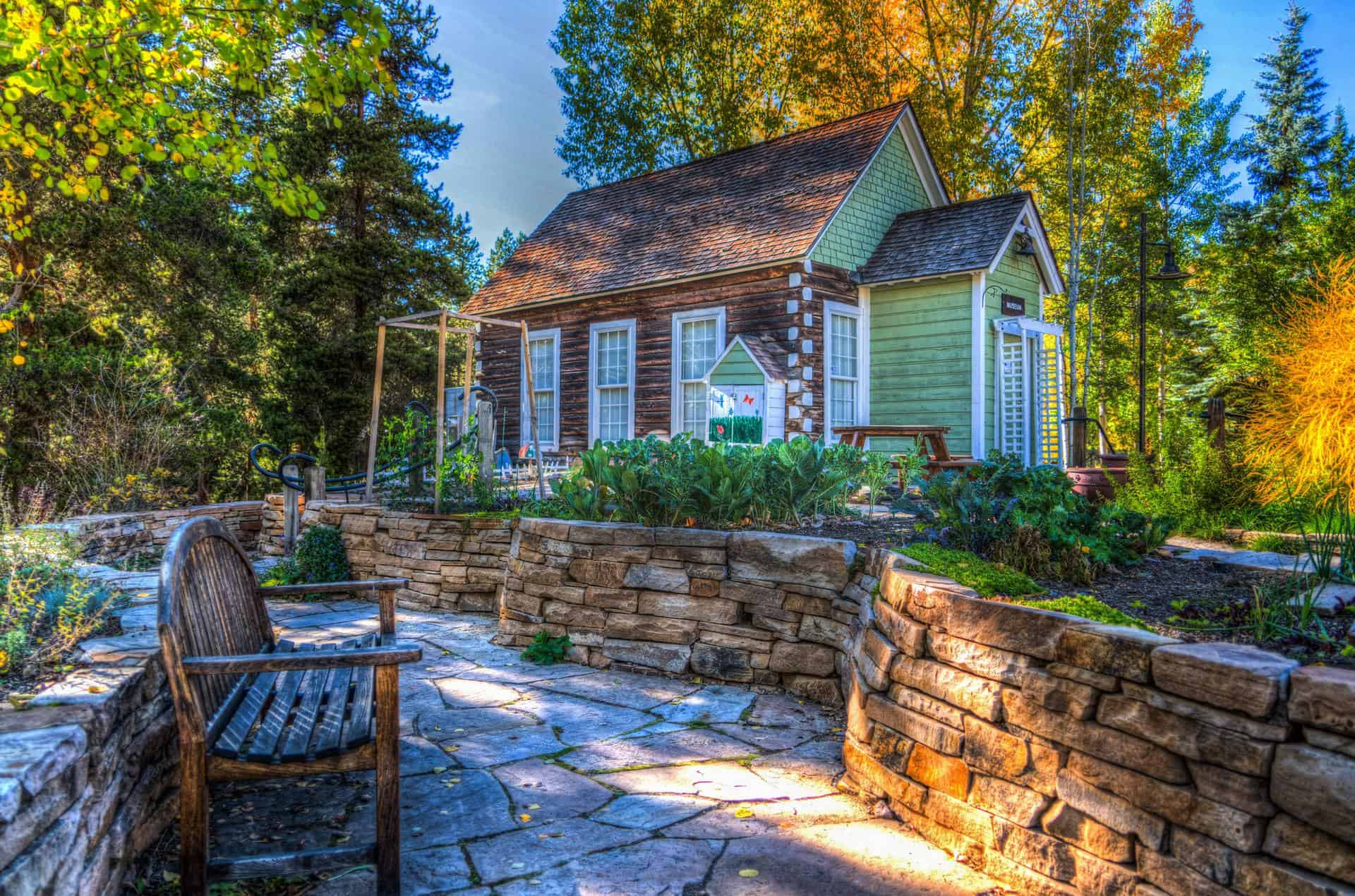Each cent spent to improve your real estate returns a dollar in profit. Now let us discuss the amount invested. You could begin with $100 – 200.
Plant a verdant paradise
An investment in landscape improvement matures over time and adds immense face value to your property. Plant shady trees to cut down cooling costs by 40%. If they yield fruit, then this is the icing on the cake for you. Planting trees and plants make an inviting oasis for the wildlife. This is especially true if you live in an urban area.

Landscaping
Combine nature and culture on your property. Decorating your outdoor space is a great way to boost your home’s value. Use living features such and flora and fauna in tandem with art and craft to enhance the visual appeal. The use of colour, plants, terrain, textures and structures such as a fountain or a statue to add a personality to your home. Landscaping also, blends the outdoors with the indoors, offer seasonal variety of plants and the visiting fauna. This ongoing project, not only adds charm to your place but also enhances its value.
Water filtration system
This is a money saving gadget that purifies your water and reduces your health and grocery bill. These not only remove the pathogens such as bacteria, viruses, fungi and protozoans from the drinking water but better the taste of the water. The chlorine used to treat the water and other harmful chemicals like lead, mercury, fluorides etc too are removed. This inexpensive addition to your home with an annual maintenance contract (AMC) not only saves money but also cuts your contribution of plastic bottles to the landfills.
Water saving devices
With a few basic tools such as a wrench, plumbers tape, putty and rags you can do these DIY projects to add value to your home. Just screw on a high-efficiency low-frequency aerator for facets and showerheads. This faucet design has a sieve-like aerator that reduces the flow but not the force of the water. Thus, you clean better with lesser water. The water usage is reduced by 4% for the 15% of household water usage.
You can use timers and automatic shut-off nozzles for showers and garden hoses. You can reduce up to 30% household water by using dual flush toilets. The smaller 0.5-gallon tank is used to flush urine while the 1.5 gallon for the solid wastes. Use drip irrigation hoses to deliver water to the roots thereby reducing water loss by evaporation by up to 50%.
Greywater diverters recycle water from laundry, shower and dishwater into a storage tank. This water is used for flushing toilets and watering the plants. Only make sure you use natural products minus bleach, microbeads, stain lifters, detergents, etc. Just remember these chemicals will return into your system via the biogeochemical cycle and biomagnification.
Net zero water status
You can become independent of municipal utilities by working towards a net zero water status. This can be done by capturing rainwater, managing storm runoff besides reusing grey and blackwater. If you live in an area where you receive regular rainfall you could install a rainwater harvesting (RWH) system. This technique has been used since human civilization learned to manage land. Collect this rainwater in tanks, aquifers via storm drains. Nowadays with excellent waterproofing treatments, rooftop harvesting is also prevalent. The water is made to flow through filters layered with gravel, sand, charcoal and coir that remove solid impurities, gases and odours. This water can be used for bathing, washing and watering the plants. This not only reduces your utility bills but also helps prevent erosion by runoff.
Net zero energy
The use of alternative energy sources helps achieve the off-the-grid, net-zero energy status. You can not only generate your own electricity but also sell it to the utility company. The alternative resources are wind, hydroelectricity, biogas, geothermal and solar energy. The devices for electricity generation from wind, water and solar energy can be bought within $200. While others may require the help of experts and local authorities. Overall these efforts, help reduce energy bills and get tax incentives.
Improves the air quality
The concept of air quality is applicable indoors and outdoors. Check out the condition of the carpets and wallpaper at home. Make sure they are not musty or carrying allergens and contaminants. Invest in a vacuum cleaner – dust and clean your home every week. Do an annual spring-cleaning and remove anything that should be recycled.
Nowadays the air conditioners come with built-in sensors, humidity controllers and air purifiers. This onetime investment will ensure clean air, indoors. Choose environmentally friendly tiles, laminations, woods, etc. These should be easy to clean and not give off odours and fumes. Last but not the least the overall effect should be pleasing to the eye to appeal to the prospective buyer.
In conclusion, creating a comfortable green home not only lowers the utility bills, it also reduces your family’s carbon footprint. Besides you set an example for the community to emulate while the cumulative effect is an increased the value of the home.
The post Home Improvement Projects to Improve Your Home’s Value appeared first on FREEYORK.
No comments:
Post a Comment